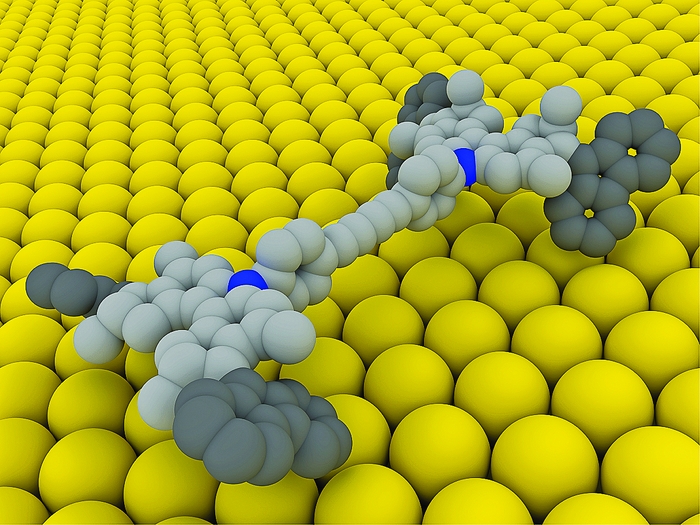Advertisement
Grab your lab coat. Let's get started
Welcome!
Welcome!
Create an account below to get 6 C&EN articles per month, receive newsletters and more - all free.
It seems this is your first time logging in online. Please enter the following information to continue.
As an ACS member you automatically get access to this site. All we need is few more details to create your reading experience.
Not you? Sign in with a different account.
Not you? Sign in with a different account.
ERROR 1
ERROR 1
ERROR 2
ERROR 2
ERROR 2
ERROR 2
ERROR 2
Password and Confirm password must match.
If you have an ACS member number, please enter it here so we can link this account to your membership. (optional)
ERROR 2
ACS values your privacy. By submitting your information, you are gaining access to C&EN and subscribing to our weekly newsletter. We use the information you provide to make your reading experience better, and we will never sell your data to third party members.
Environment
Re: pool water at the Olympics
September 5, 2016
| A version of this story appeared in
Volume 94, Issue 35

Media coverage of how some pools at the Rio Olympic Games turned green in color (C&EN, Aug. 29, page 48) led online readers to hypothesize about the cause behind the transformation.
▸ cenm.ag/riopools
I’m guessing it wasn’t fluorescein dye, as the plumbers union does in Chicago every year around St. Paddy’s Day.
Robert Chapman via Facebook
I proposed that the green hue was caused by iron. I’d like data to confirm or reject this hypothesis. #curiosity #imascientist
Jamie Vernon (@JLVernonPhD) via Twitter
My favorite part is how a #Rio2016 spokesman said that “chemistry is not an exact science.” I guess that depends on who’s doing it.
Alex Berezow (@AlexBerezow) via Twitter
Corrections
July 18, page 7: The news story about a mutant enzyme that produces novel triterpenes showed the wrong structure for the pentacyclic triterpene. Here is the correct structure.
Aug. 1, page 2: The chemical safety letter about peroxide formation should have referred to “2-propanol,” not “isopropanol,” which incorrectly combines two different alcohol naming conventions.
Aug. 15/22, page 49: The Talented 12 profile about University of California, Berkeley, chemist Ke Xu incorrectly stated that a technique he developed could distinguish between components in a cell that are less than 10 nm apart. It can distinguish between components that are 10 nm apart or more. The profile also incorrectly stated that, in the past, researchers had to use different cell samples in order to use superresolution fluorescence imaging and electron microscopy. Researchers have used both techniques on the same sample, but the sample had to go through a difficult, error-prone dehydration process.





Join the conversation
Contact the reporter
Submit a Letter to the Editor for publication
Engage with us on Twitter